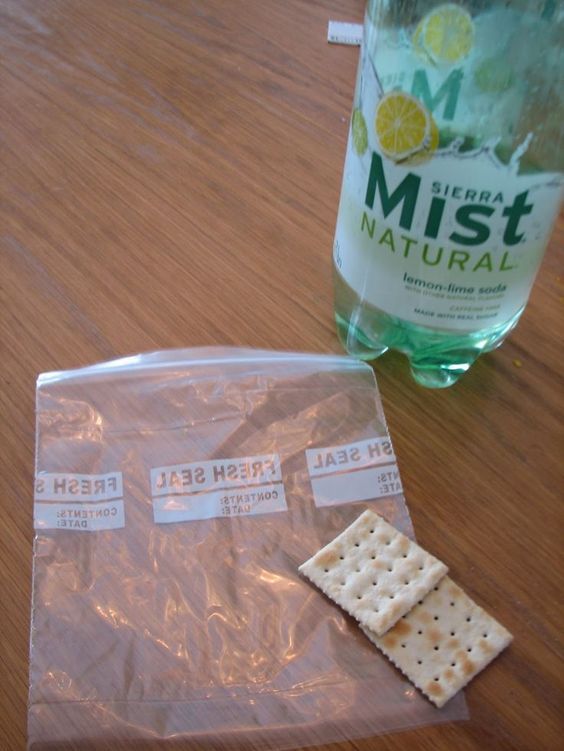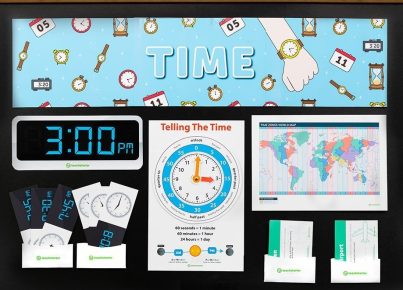Introduction:
Teaching students about the digestive system can be more fun and engaging with a variety of hands-on activities. Here are 22 creative ideas to help students grasp the inner workings of our body’s vital digestion process.
1.Edible Esophagus: Create an edible model of the esophagus using licorice pieces or gummy worms as the muscles and marshmallows for the sphincters.
2.DIY Stomach Model: Make a model stomach using a plastic ziplock bag and add crackers and water to demonstrate how food is broken down mechanically and chemically.
3.Small Intestine Tube: Use pool noodles or long socks filled with foam beads to represent the small intestine and demonstrate peristalsis.
4.Nutrient Absorption Game: Create a board game where students use game pieces to “absorb” different types of nutrients (carbohydrates, proteins, etc.) and move around the board accordingly.
5.Anatomy Puzzle: Print out or create a large-scale puzzle of the digestive system, allowing students to piece together organs and their functions as they construct it.
6.Play-Doh Organs: Have students create their own digestive system organs out of play-doh and arrange them properly within a human body outline.
7.Digestive Process Skit: Assign roles to each student representing different parts of the digestive system, demonstrating food traveling through the body.
8.Digestive System Rap: Encourage students to write raps or songs that illustrate key concepts about the digestive system, then perform them in class.
9.Stuffed Animal Dissection: Use stuffed animals with Velcro pouches for organs, allowing students to explore anatomy in a non-graphic way.
10.Virtual Field Trip: Explore virtual tours of medical facilities or anatomy museums to see real-life examples of organs and systems functioning together.
11.Toothbrush Painting: Teach students about the importance of maintaining good oral health through a fun and creative toothbrush painting activity.
12.Digestion Relay Race: Organize a relay race with tasks, such as chewing marshmallows, moving marbles using plastic tubings, and more to demonstrate various aspects of digestion.
13.Indoor Scavenger Hunt: Hide cutouts of the digestive system organs throughout your classroom for an educational scavenger hunt.
14.”What Am I?” Game: Have students write descriptions or riddles about different parts of the digestive system, and let others guess what part they are describing.
15.Comparing Digestive Systems: Research and compare the digestive systems of animals, discussing similarities and differences with respect to human anatomy.
16.Food Enzyme Simulation: Assign different foods to students along with their enzyme counterparts, demonstrating how enzymes break down specific nutrients.
17.Digestive System Trivia: Host a trivia game to challenge students’ knowledge on digestion-related facts and figures.
18.Stomach Balloon Experiment: Fill up balloons to simulate stomach expansion during a meal or after consuming gas-producing food items.
19.Microbiome Terrarium: Create terrariums showcasing how gut bacteria thrives in specific conditions, explaining its role in digestion and overall health.
20.Coloring Book Pages: Provide coloring pages that depict each organ within the digestive system, encouraging artistic learning alongside memorization.
21.Hands-On Jeopardy: Create a Jeopardy-style game involving physically manipulating organ models or other props related to digestion when answering questions correctly.
22.Personalized Digestive Track Poster: Ask each student to research their favorite animal’s digestive track and create a poster presenting unique features they discovered when compared to human anatomy.
Conclusion:
These hands-on activities will keep your students engaged while providing them with valuable activities.





